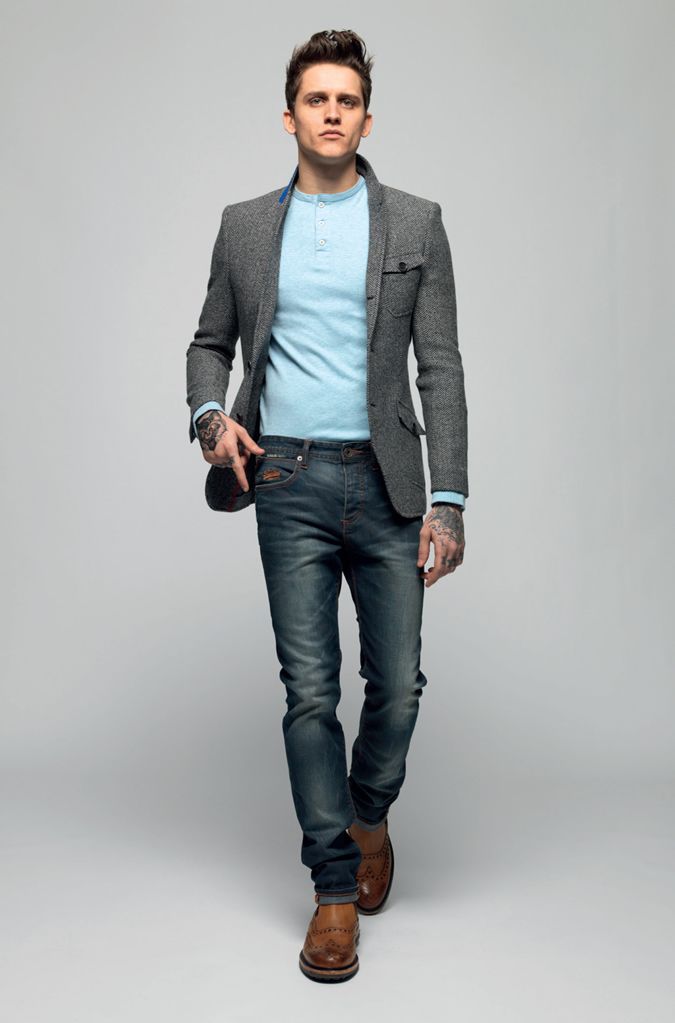Did you just book an ATV Tour, or are considering going on an ATV tour? Congrats! But, what should you wear while riding? Are you in a cold climate, or a warm climate? The easy answer is to wear what makes you feel comfortable, but there are some pros and cons to your wardrobe decisions. We think comfort should always be the number one thing to look for when riding ATVs, meaning that a pair of shorts, a cotton t-shirt or tabk top, and comfortable sneakers may be the perfect fit. At Explore! Sierra, we do require that you wear a helmet. But, have you always wanted to look like a “Pro”, there are certain pieces that can make sure that you are protected, and looking good!
We recommend not wearing anything too bulky because that may get in the way of your ability to quickly maneuver on the trails.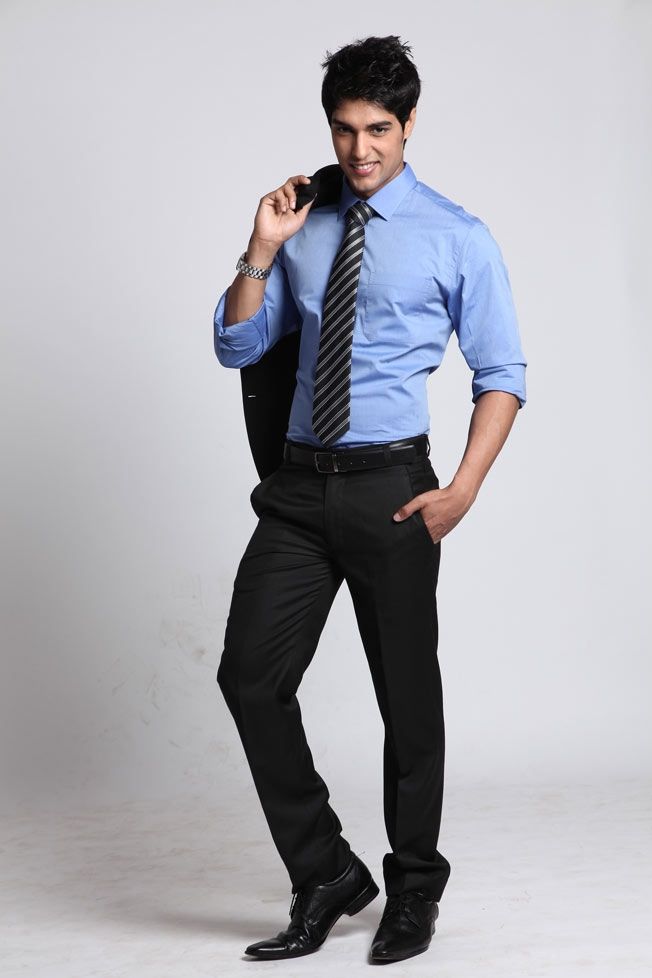 We also do not recommend wearing belts, they can get very uncomfortable during a two or three hour ATV Tour. You CAN wear flip flops, but we do not recommend it. It is much more comfortable to wear a pair of sneakers, and not to mention cleaner for your feet! Lastly, please make sure that you are not wearing any clothing that is too tight, or doesn’t fit. Your Dad or husbands oversize sweatshirt will not fair well because it is too loose.
We also do not recommend wearing belts, they can get very uncomfortable during a two or three hour ATV Tour. You CAN wear flip flops, but we do not recommend it. It is much more comfortable to wear a pair of sneakers, and not to mention cleaner for your feet! Lastly, please make sure that you are not wearing any clothing that is too tight, or doesn’t fit. Your Dad or husbands oversize sweatshirt will not fair well because it is too loose.
We highly recommend wearing long pants, and a breathable long sleeve shirt. This will defend your skin against sun damage, tree branches, and dirt and mud. You must wear a helmet (don’t worry we provide one), and we also provide a bandanna because there is a fair amount of dust that kicks up.
Here is a quick list of “what you should wear” on your ATV Tour:
Feel comfortable with your wardrobe needs? Request your ATV Tour Date now!
Riding Tips October 06, 2021
ATV and UTV riders understandably focus on their machines, yet the outfits they wear for work or play on those quads and SxSs are critical, too. Properly chosen UTV and ATV clothing not only helps keep you safer and cleaner while out off-roading, it also makes hours spent on your vehicle a lot more comfortable.
Properly chosen UTV and ATV clothing not only helps keep you safer and cleaner while out off-roading, it also makes hours spent on your vehicle a lot more comfortable.
Let’s look at some of the basic considerations that go into choosing trail riding clothes and accessories.
A helmet is by far the most essential piece of apparel you should always be wearing when you climb onboard your ATV or UTV. That’s true whether or not your state mandates helmet use with off-road vehicles. Safety is a priority out on the trail, and a high-quality, well-fitting helmet can prevent a head injury in case of a mishap.
Always choose an off-road helmet that, at a minimum, meets the safety standards of the U.S. Department of Transportation (DOT). Helmets may also come with a SNELL label, reflecting the even more stringent safety rating issued by the SNELL Memorial Foundation in honor of racecar driver Pete Snell, who died in a crash in 1956.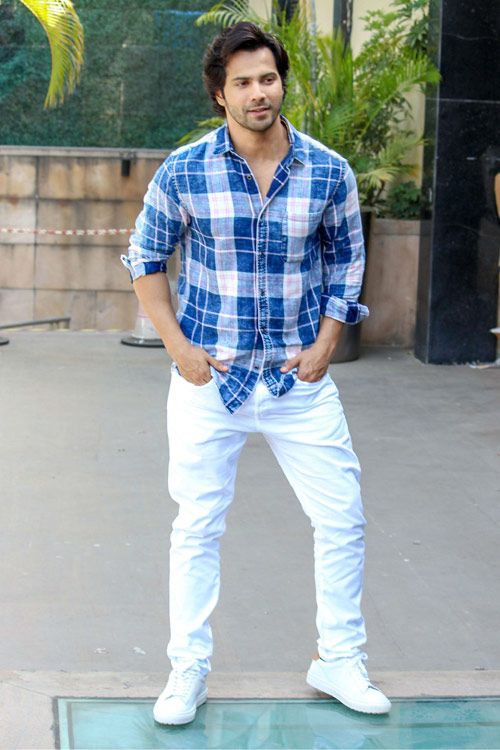
If your helmet doesn’t include a face shield, always wear shatterproof goggles. Make sure they fit with your helmet, and have a seal (typically foam) to keep dust and dirt out while allowing enough airflow to reduce fogging.
We’ve got a guide specifically focused on choosing the an ORV helmet for your needs, which we urge you read through for more in-depth information.
You’ll want to wear trail riding clothes you don’t mind getting dirty, but that are durable enough to stand up to some hard-core wear-and-tear. Always wear a long sleeve shirt to protect yourself from debris, as well as prolonged sun exposure. A riding jacket or protective vest provides additional protection in case you take a tumble, and protects you from flung debris and other elements while riding.
A good riding jacket should be well ventilated and offer articulation for unrestricted range of movement, and ideally should be water-resistant. Keep in mind it’s often a good idea to size up a little with an ATV or UTV riding jacket so you can layer underneath it, particularly if you’re planning on doing some cold-weather adventuring. A waterproof riding jacket or a separate, light rain shell will keep you more comfortable in the face of rain.
Keep in mind it’s often a good idea to size up a little with an ATV or UTV riding jacket so you can layer underneath it, particularly if you’re planning on doing some cold-weather adventuring. A waterproof riding jacket or a separate, light rain shell will keep you more comfortable in the face of rain.
Check out some padded all-season vests for reinforced upper-body protection here.
You might swear by old jeans for off-roading, but there’s something to be said for the extra cushion, roominess, and comfort offered by trail riding pants. Remember, whether you’re straddling an ATV or seated in a UTV, off-roading involves a lot more body movement than you might suspect. You’ll want an outfit you’re going to be comfortable sliding and jostling around in for multiple hours and many miles.
Riding pants often come with reinforced padding in the knees, or can be integrated with separate kneepads. Additional padding can help make for a more comfortable ride, as well as be handy for kneeling in the mud or gravel beside your vehicle.
Additional padding can help make for a more comfortable ride, as well as be handy for kneeling in the mud or gravel beside your vehicle.
Riding gloves safeguard your hands against chafing and blisters from extended gripping of handlebars or steering wheels. Additionally, they provide protection from airborne stones and debris, and can provide protection if you’re thrown to the ground in a fall or a crash.
Good features to look for in a riding glove include plenty of padding, a solid grip, and adjustable wrist straps for the perfect fit. For warm or hot-weather riding, consider lighter-colored, ventilated gloves. It’s always a good idea to keep a pair of waterproof riding gloves in your gear, and these are essential in cold, wet conditions. Winter riders may want to consider snowmobile gloves for maximum insulation and functionality.
As far as footwear goes, you’ll want water-resistant or waterproof over-the-ankle boots with good tread for maintaining your traction on or in your vehicle, as well as while scouting out sections of trail on foot, or getting yourself unstuck.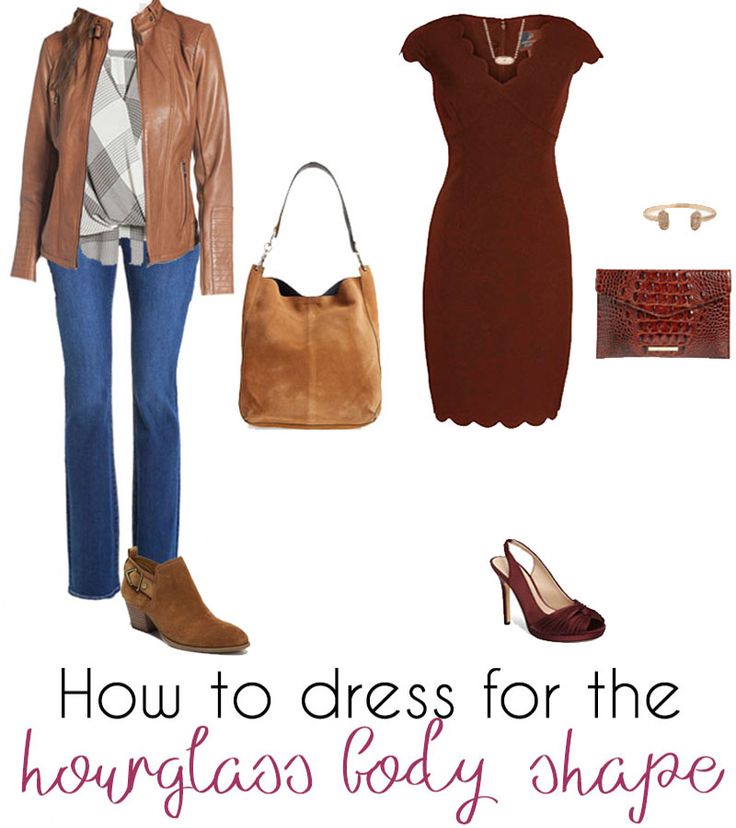 Depending on the season and the conditions you’re riding in, you may also want insulated boots.
Depending on the season and the conditions you’re riding in, you may also want insulated boots.
For UTV riders, rugged lace-up work or hiking boots may suffice, while quad enthusiasts may want to consider ATV boots offering extra leg protection.
Wear high, thick, well-cushioned socks with whichever style of riding boot you choose.
In terms of trail riding accessories, a riding bandanna or hoo-rag ranks high up there: This ever-useful cloth can be worn around your neck for extra sun and dirt protection and insulation, and when soaked in water provides a readymade cooling effect on a hot, dusty afternoon. It can also be pulled over your face to protect your mouth and nose from inhaling dust, sand, and dirt.
If you’re planning on doing some heavy-duty mudding, waders are also a great idea.
Wearing the right UTV or ATV clothing makes trail riding much more comfortable, enjoyable, and safer. If you find yourself in need of many of the items listed throughout this article, make your way over to our Polaris apparel and accessories pages to get yourself prepared with gear for your next ride.
If you find yourself in need of many of the items listed throughout this article, make your way over to our Polaris apparel and accessories pages to get yourself prepared with gear for your next ride.
Quad biking is especially popular among fans of an active lifestyle. In order for such a pastime to bring the maximum amount of positive emotions, competent preparation is required. First of all, it concerns the choice of comfortable equipment. Driving a "four-wheeled bike" without special clothing can be called risky and uncomfortable. The choice of special clothing must be approached with all responsibility. This is not only a matter of convenience, but also of safety.
The quad bike season starts when the snow completely melts and the daytime temperature is around 10-15 degrees. It is important to understand that when you are going to ride an ATV, there is no need to look beautiful and elegant. Equipment should be as comfortable and convenient as possible.
The main thing for an ATV driver is a helmet that reliably protects the head from impacts. For riding an ATV, it is important to choose a model with a visor and a closed chin. Side-by-side wearers may opt for an open helmet.
Protective suit is an equally important element. It protects the driver from:
If extreme driving is planned, the so-called "turtle" must be purchased. This is a special shell that securely covers the torso. It is able to protect health, as well as save lives if the car rolls over and falls on the driver.
Gloves and safety shoes are a must. Since the driver's hands and feet freeze when driving in the cold season, boots and gloves should be well insulated. In summer, you can safely choose ventilated gloves and light boots that will provide a comfortable microclimate. It is also important to use high-quality knee pads, comfortable glasses and elbow pads.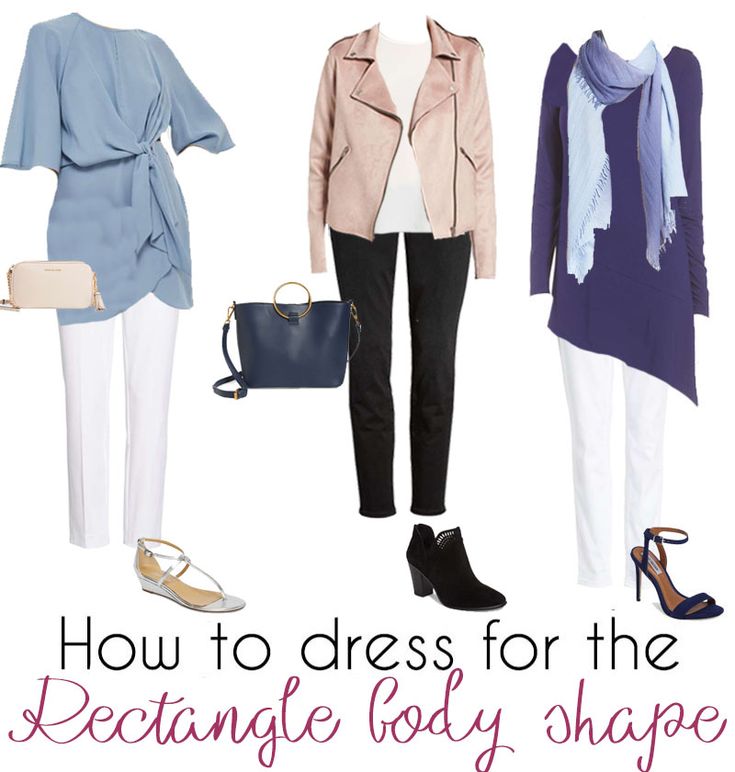 In cold weather, do not forget about thermal underwear.
In cold weather, do not forget about thermal underwear.
It is very important that the equipment provides adequate protection for the ATV rider and provides him with the necessary comfort while driving.
Ventilated helmets are comfortable not only in cold weather but also in hot weather. Closed, modular (with a rising chin), as well as cross and open models are available for sale. The ideal choice for the ATV fan is a cross-country full-face helmet that protects the entire face. Modern helmets are lightweight, which attracts many buyers.
Goggles are an important piece of equipment. The fact is that at high speed, even a small insect can become a serious problem (not to mention drops of water, dirt, small stones and dust). It is very important that the quad bike goggles are supplemented with silicone rubber, as well as a seal. The lenses must be made of optical plastic with an anti-fog coating (for the cool season).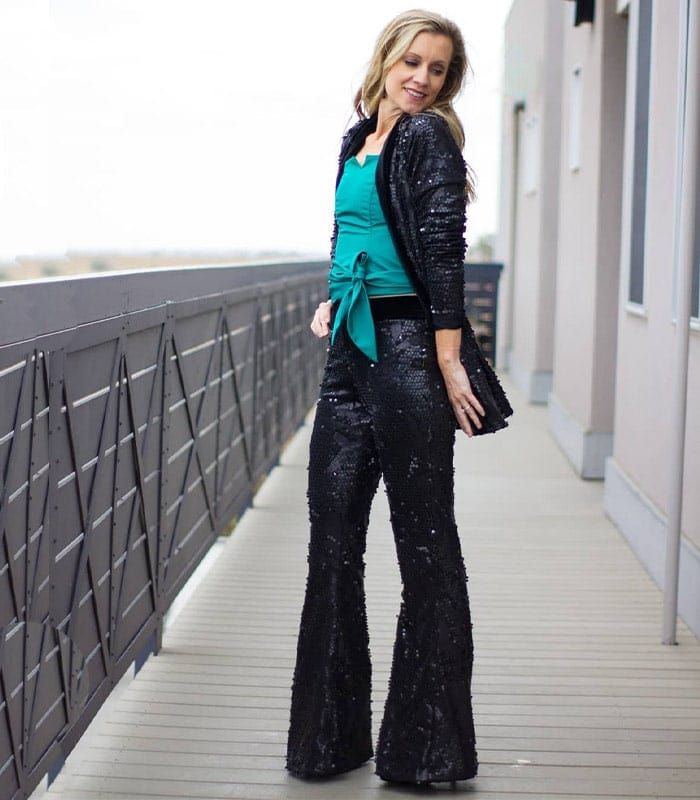
Special thermal underwear provides the driver with additional comfort. The manufacture of such products is carried out on the basis of membrane technologies. Thanks to them, excess moisture evaporates, and a comfortable temperature is also maintained. Thus, hypothermia or overheating of the body can be completely eliminated. When choosing the right thermal underwear, it is important to focus on personal physiological characteristics. In the line of modern manufacturers, you can order light underwear (Ultralight) or warming products (Termal).
A suit is required for comfortable driving of an ATV. As a rule, this is a jumpsuit or a jacket and trousers. The summer suit reliably protects from moisture and wind, and the winter one - from the cold. As a rule, winter suits are airtight, ventilation is provided by membrane inserts (in the armpits and on the back). For sewing such suits, light and durable fabric is used, which is resistant to rain and wind. In addition, it is very easy to clean from pollution. The seams are additionally glued for maximum tightness. ATV driving suits have an anatomical cut. Despite the fact that the clothes tightly fit the body, it does not restrict movement.
In addition, it is very easy to clean from pollution. The seams are additionally glued for maximum tightness. ATV driving suits have an anatomical cut. Despite the fact that the clothes tightly fit the body, it does not restrict movement.
Riding a quad bike in specialized shoes is not only comfortable, but also safe. When driving such vehicles, good contact between the sole of the driver and the footboard of the vehicle is important. It is for this reason that it is recommended to choose high boots with ribbed soles. These shoes are guaranteed to protect the shin from increased loads. High-quality boots have a lining that provides good ventilation and air exchange.
It is very important that your ATV equipment fits properly. Lightness is an important quality of special clothing.
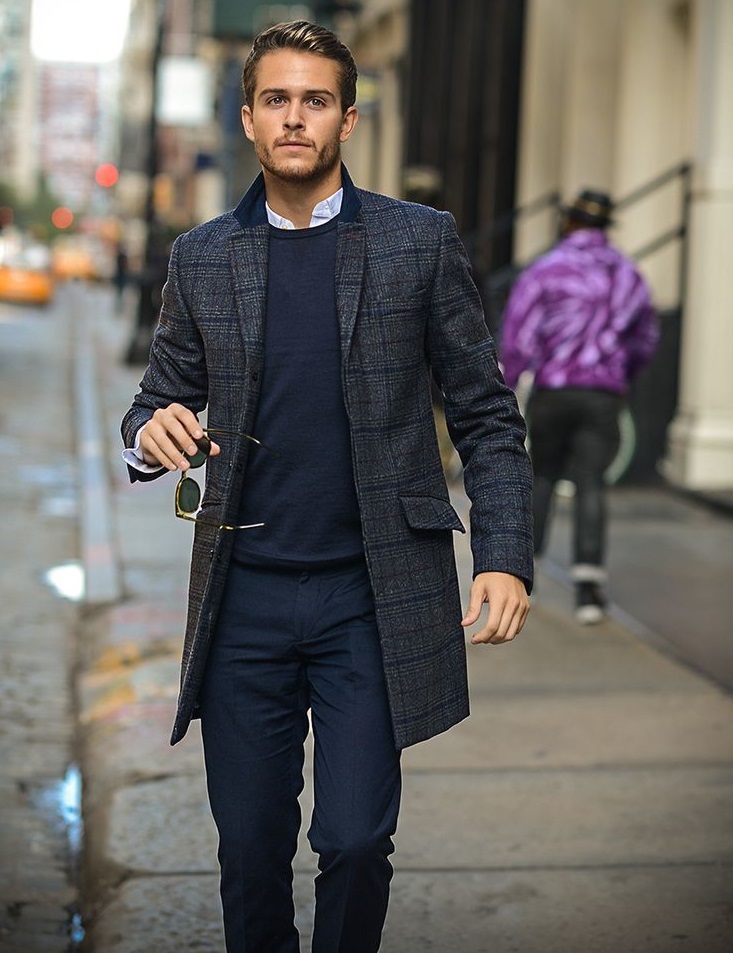 So, the season begins, the snow has melted, the daytime temperature is around 10-15 degrees plus, the mud does not give rest. What to wear so as not to get wet, not to be constrained in movement, not to get tired, easy to wash? Let's immediately agree with the following rule, going into the mud on an ATV there is no need to look elegant and beautiful, your equipment should be as convenient and comfortable as possible. Those who ride on dry paths in the forest for mushrooms, with children around the lake and others who are completely sure that they will not climb into the slurry and will bypass any dirt, may not read further. Shorts with a T-shirt will suit you. Those who are going to ride for real, remember, you will definitely get wet and dirty. Cast aside all doubts, if you went into the mud, then it will inevitably find you. So how do you get out of the water dry?
So, the season begins, the snow has melted, the daytime temperature is around 10-15 degrees plus, the mud does not give rest. What to wear so as not to get wet, not to be constrained in movement, not to get tired, easy to wash? Let's immediately agree with the following rule, going into the mud on an ATV there is no need to look elegant and beautiful, your equipment should be as convenient and comfortable as possible. Those who ride on dry paths in the forest for mushrooms, with children around the lake and others who are completely sure that they will not climb into the slurry and will bypass any dirt, may not read further. Shorts with a T-shirt will suit you. Those who are going to ride for real, remember, you will definitely get wet and dirty. Cast aside all doubts, if you went into the mud, then it will inevitably find you. So how do you get out of the water dry? The first thing you should put on after shorts is warm socks.
Socks must be high, necessarily synthetic, for example ski socks. In no case do not use grandmother's hand-knitted woolen, this is yesterday, woolen socks absorb and do not give off sweat, as a result, your legs become sweaty, this is not gut. Proper warm socks are sold in various sports stores.
In no case do not use grandmother's hand-knitted woolen, this is yesterday, woolen socks absorb and do not give off sweat, as a result, your legs become sweaty, this is not gut. Proper warm socks are sold in various sports stores.
Second, we put on thermal underwear, underpants and a jacket for socks and shorts.
Thermal underwear, despite the popular name "underpants", must be modern, technological and, of course, synthetic. Let the word "thermo" not mislead you, we know that thermal underwear does not heat, but removes moisture, your sweat, from the skin to the outside. That is, it absorbs your sweat and passes it on. This is the main and most important function of thermal underwear. On sale there is sports, slimming, thick, beautiful thermal underwear, choose something medium and thin, as comfortable as possible. Thermal underwear should be worn all year round, even in 30 degree heat.
The third obligatory item is waders.
Waders are nothing more than a part of fishing equipment, the so-called "waders", and they are sold in the appropriate stores.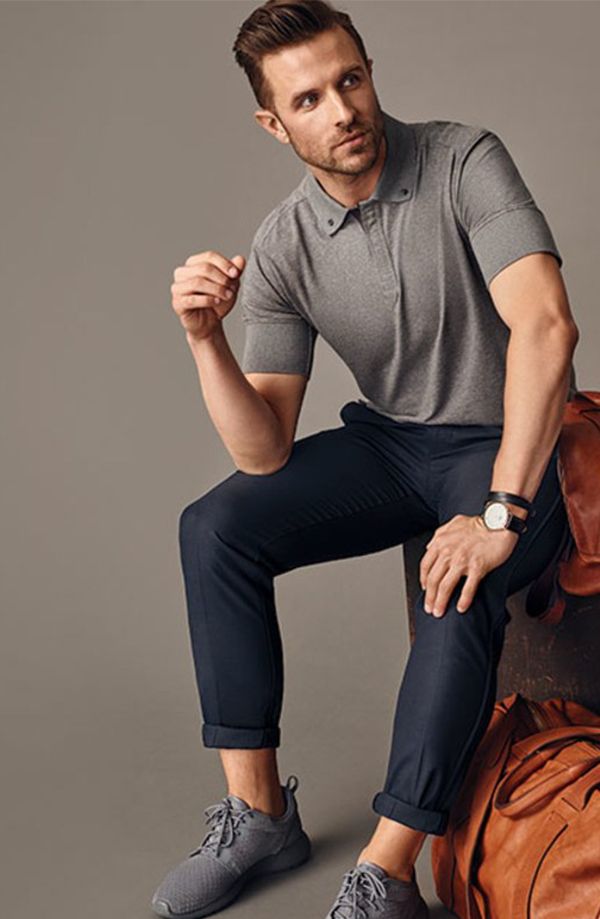 However, ATVs have long figured out the convenience of waders and are happy to use them in pokatushki. Waders are short, to the waist, and high, to the chest, of course, we choose high waders. There are also waders with boots, and there are with neoprene waterproof stockings or socks, as you wish. This is exactly what is needed. Waders with boots are really convenient for fishing, but in the mud the boots jump off the foot, this is very inconvenient and not practical. For waders with stockings, there are special "wet" or wet boots, with thick soles and good lacing. These boots will not slip off in the mud and will protect your feet from damage as much as possible, as they are made of very durable and dense materials. That is, when an ATV wheel hits your foot, and this happens, boots and boots protect in different ways.
However, ATVs have long figured out the convenience of waders and are happy to use them in pokatushki. Waders are short, to the waist, and high, to the chest, of course, we choose high waders. There are also waders with boots, and there are with neoprene waterproof stockings or socks, as you wish. This is exactly what is needed. Waders with boots are really convenient for fishing, but in the mud the boots jump off the foot, this is very inconvenient and not practical. For waders with stockings, there are special "wet" or wet boots, with thick soles and good lacing. These boots will not slip off in the mud and will protect your feet from damage as much as possible, as they are made of very durable and dense materials. That is, when an ATV wheel hits your foot, and this happens, boots and boots protect in different ways.
The fourth item is wader boots.
It is important to remember here that the neoprene stocking is thick and the boots must be 2 sizes larger. When buying boots, be sure to measure them on waders. Boots get wet, this is normal, many models even have holes for water. The neoprene stocking won't get wet, so don't worry.
Boots get wet, this is normal, many models even have holes for water. The neoprene stocking won't get wet, so don't worry.
The next item is a jacket, jersey, t-shirt, fleece - what you put on thermal underwear.
We choose according to the season, at the very beginning we recommend wearing fleece under the waders. It is fleece that takes moisture from thermal underwear and evaporates it. In the middle of summer, you can do without fleece, a jersey or a light jacket will do. Wearing jersey under waders or over top is up to you, you just have to remember that anything worn over waders can get wet.
The sixth item is a lightweight waterproof jacket.
This jacket is not warm, but also does not make you sweat, just like waders, the jacket must be made using modern materials with a membrane. The jacket protects you from wind, rain, branches, dirt. Even if you didn’t put on a jacket because of the bright sun and heat, be sure to take it with you, it will come in handy in the evening.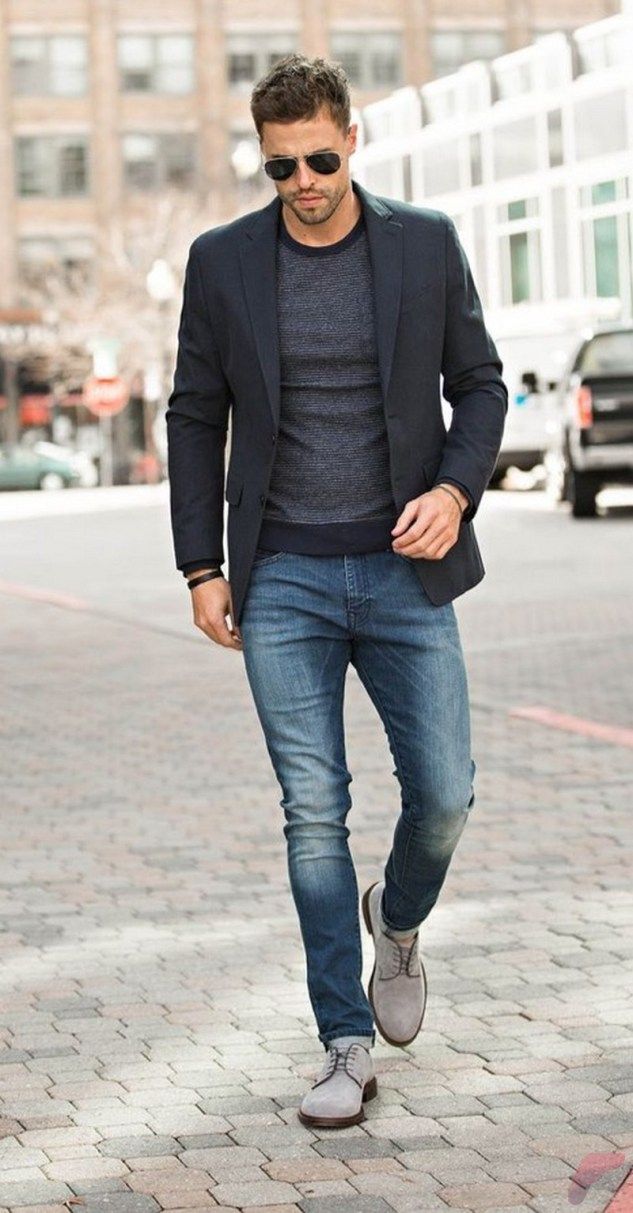 However, we also recommend carrying fleece with you, even in summer. For more details, see our article on what to take with you when riding an ATV.
However, we also recommend carrying fleece with you, even in summer. For more details, see our article on what to take with you when riding an ATV.
The seventh item is optional, but important, body protection.
Everyone decides whether to use protection or not. There are many arguments FOR and AGAINST, everything that is FOR deserves attention. Against, as a rule, Russian maybe. From our practice, the one who traveled without protection and once fell properly begins to use protection. The smart learn from the mistakes of others, the fools learn from their own. If you decide to wear protection, then remember a simple rule, protection should fit your body tightly, otherwise you can not wear it.
Balaclava and helmet.
Wearing a helmet without a balaclava is inconvenient, not hygienic, not comfortable, a balaclava must be! A helmet for an ATV must be with chin protection, that is, cross-country, this is important. An open motorcycle helmet with a large shield is certainly convenient, it has a good view and it is easier to scratch your nose, but it has one huge minus, it is called “hello to the dentist”. Sometimes, for various reasons, you come to a sudden stop on the quad without being prepared for it. At such a moment, the hands do not hold the body and you fly towards the steering wheel or the removal of the radiator, wardrobe trunk, additional headlight, everything that you managed to fit on your ATV, and fly head first. This is exactly the moment when you, being in an open face helmet, can test your jaw for strength. I am writing, but my teeth have crumpled, I remembered one funny incident ... I strongly recommend using a helmet with chin protection. A cross helmet can also be convenient, for example, a model without glasses, with a shield.
Sometimes, for various reasons, you come to a sudden stop on the quad without being prepared for it. At such a moment, the hands do not hold the body and you fly towards the steering wheel or the removal of the radiator, wardrobe trunk, additional headlight, everything that you managed to fit on your ATV, and fly head first. This is exactly the moment when you, being in an open face helmet, can test your jaw for strength. I am writing, but my teeth have crumpled, I remembered one funny incident ... I strongly recommend using a helmet with chin protection. A cross helmet can also be convenient, for example, a model without glasses, with a shield.
Last but not least, gloves.
Buy inexpensive but durable gloves. It can be cycling gloves and even some construction gloves. Gloves are often torn on the rope and branches, quickly get wet, get dirty. Expensive models are not needed here. Take several pairs of gloves with you when you travel. It is very nice to change wet, dirty gloves for clean and dry ones.